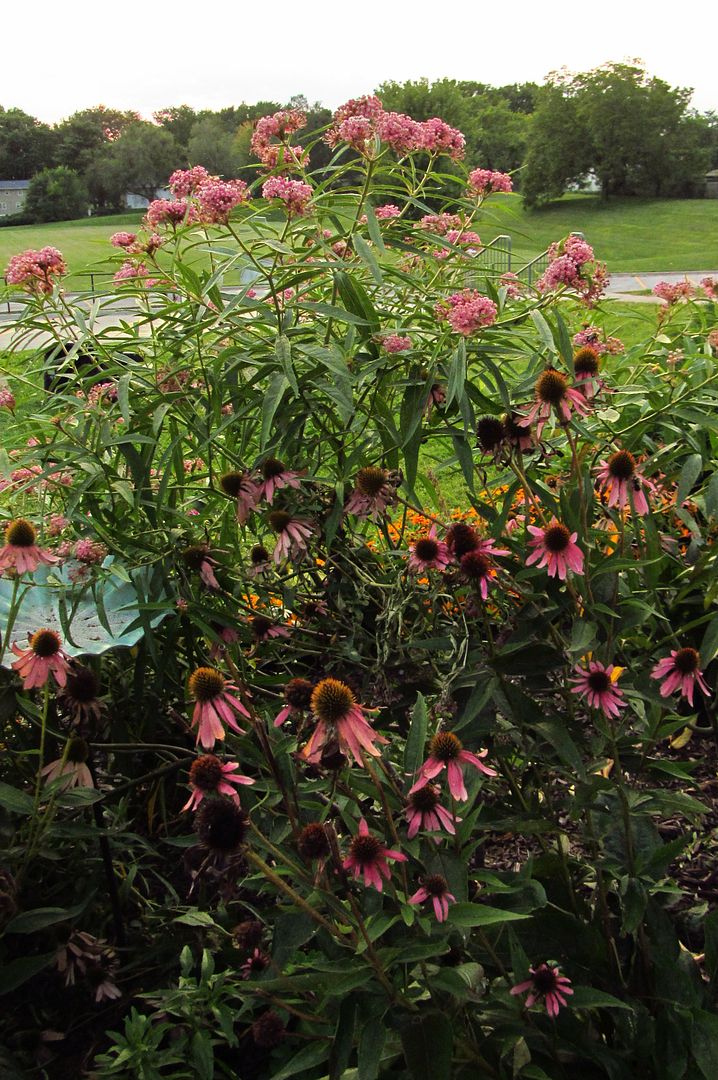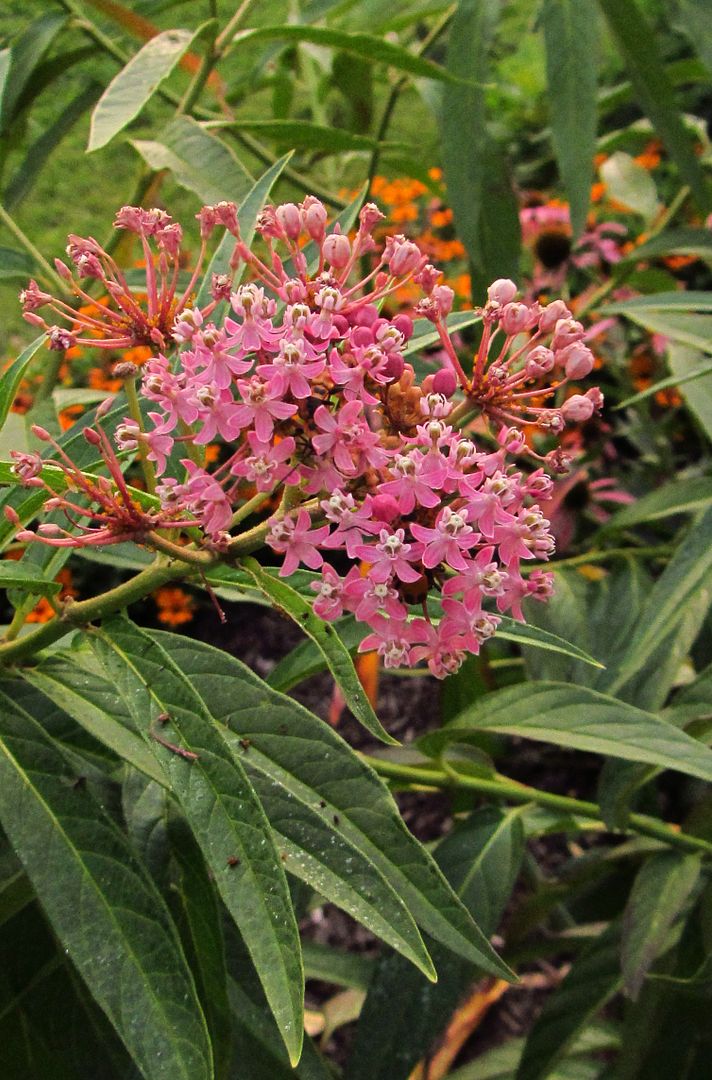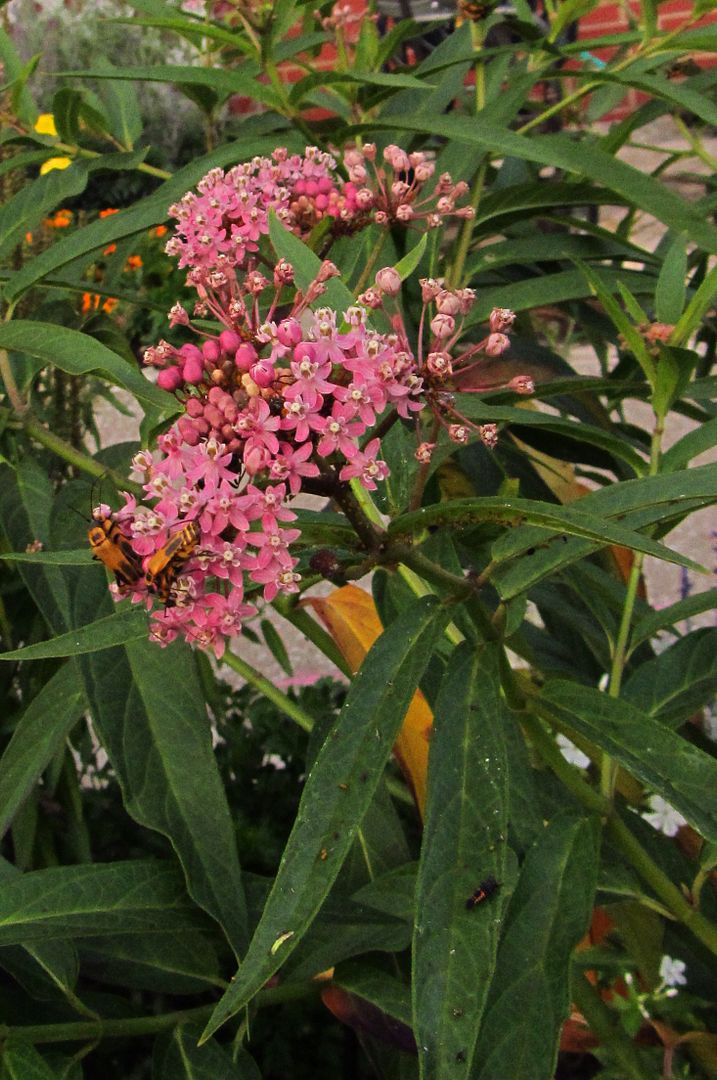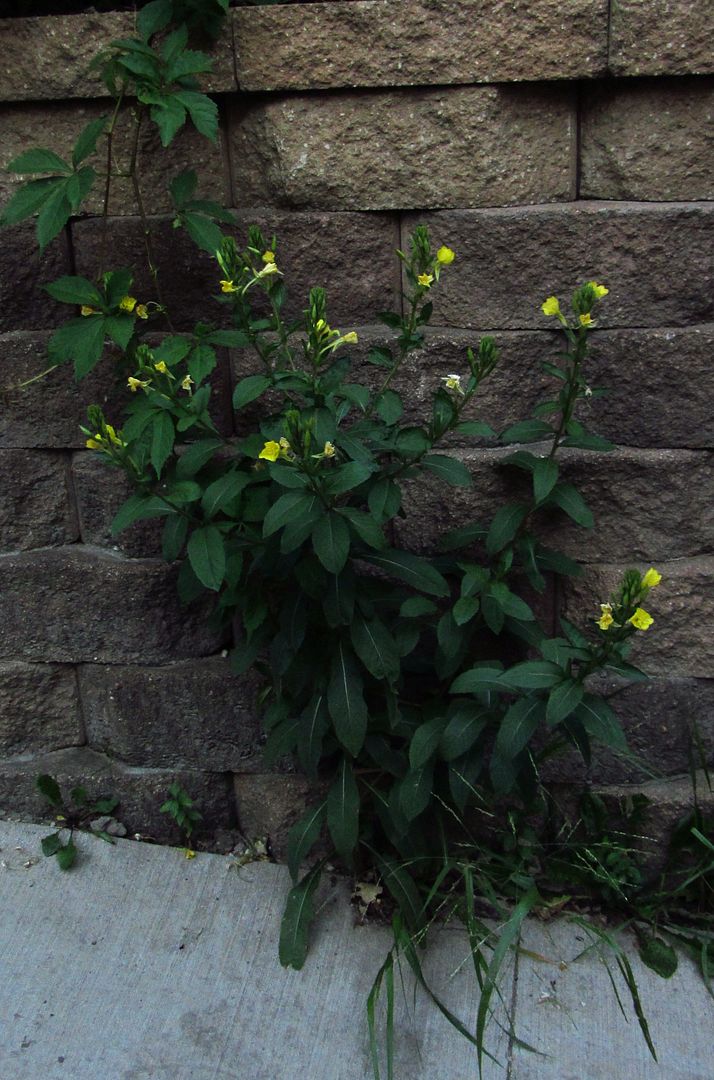A recent day trip to the Neal Smith National Wildlife Refuge near Prairie City drove home that I haven’t visited enough restored prairies this summer. So many native plants are blooming along the walking paths near the visitor’s center there. Cup plants are past their peak, but several kinds of goldenrods are coming on strong, and sawtooth sunflowers and stiff goldenrods are starting to bloom.
Hay fever sufferers, be warned: more and more giant ragweed plants are budding along central Iowa bike trails. Those are responsible for many of the seasonal allergies commonly blamed on goldenrods.
This week’s featured plant is native to much of the U.S. and Canada. It thrives in a wide range of habitats: “open to partially shaded areas in floodplain forests, swamps, thickets, moist black soil prairies, low areas along rivers and ponds, seeps and fens, marshes, and drainage ditches.” It also “grows easily in a home garden with average to moist soil.” I took these photographs of Swamp milkweed (Asclepias incarnata) in a butterfly garden next to a local school.
This post is also a mid-week open thread: all topics welcome.
Swamp milkweed, sometimes known as pink milkweed, blooms later in the summer than common milkweed or butterfly milkweed.
Like all milkweeds, the flowers have the distinctive clusters of five petals pointing up and five petals pointing down. The Illinois Wildflowers and Minnesota Wildflowers websites feature detailed descriptions of the foliage and flowers, with this helpful hint on the Minnesota site: “Swamp milkweed can be easily distinguished from other milkweeds with pink flowers by its long narrow leaves.” The plants usually are between two and five feet tall.
This shot gives you a sense of the swamp milkweed’s height. Those are purple coneflowers in the foreground.
Some closer looks at swamp milkweed buds and flowers:
According to a fact sheet from the U.S. Department of Agriculture’s Natural Resources Conservation Service,
The Chippewa and Iroquois have used an infusion of the roots externally to strengthen the body and heal babies’ navels. The Iroquois and Meskwaki have also used a decoction of the roots and/or aerial portions of the plant as an emetic, diuretic, and anthelmintic (de- worming agent). The common name, Pleurisy Root, comes from its once common use to treat lung problems. Swamp milkweed is toxic when taken in large doses. The tough stringy stem fibers have been used to make twine, rope and rough textiles.
Swamp milkweed attracts many pollinators. Here are some enjoying a mild August evening.
Bonus Iowa wildflower for the week: I love native plants that survive in tough conditions, so when I saw this common evening primrose growing out of a tiny bit of soil between the Windsor Heights bike trail and a retaining wall near Hickman Road, I had to take a picture.








